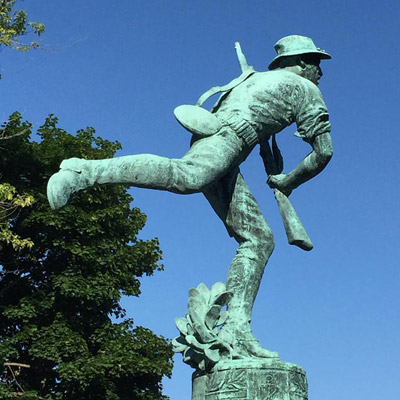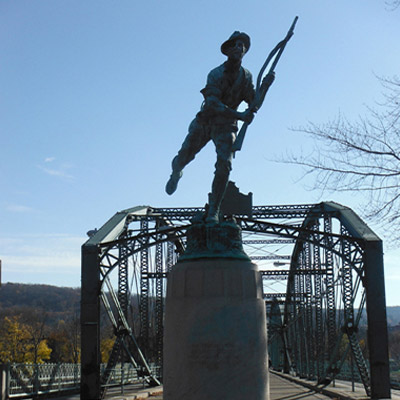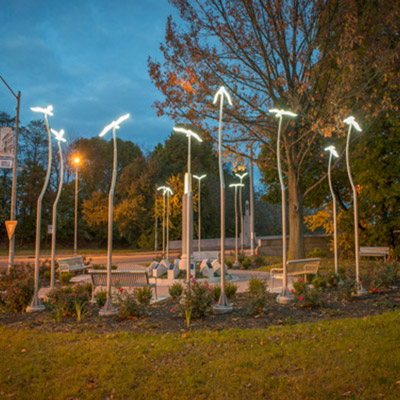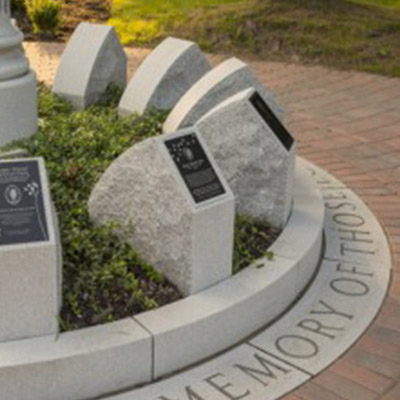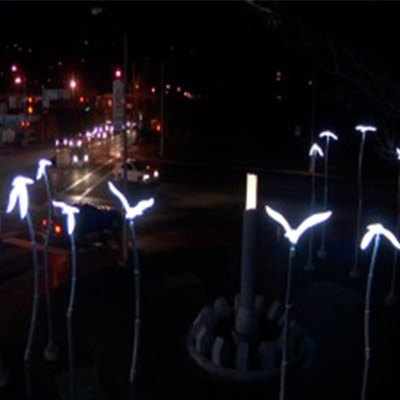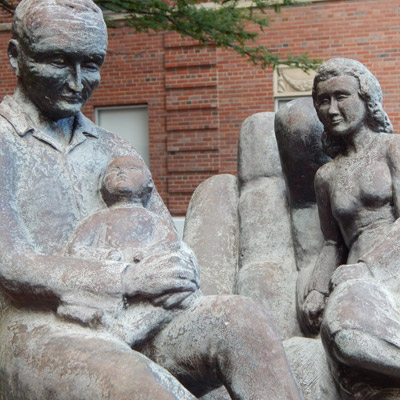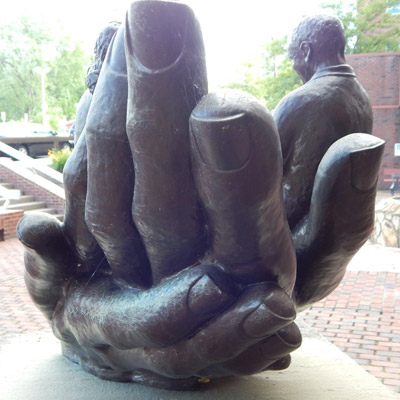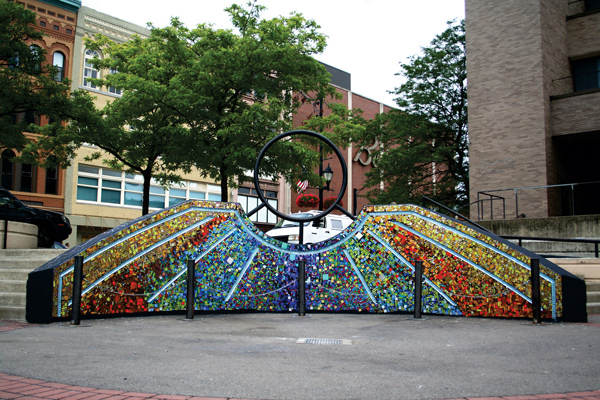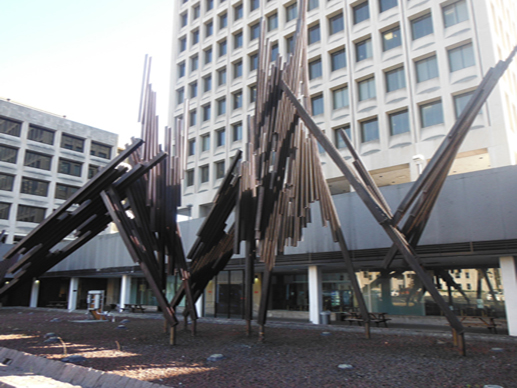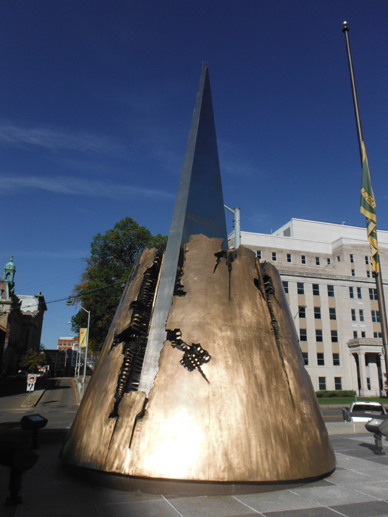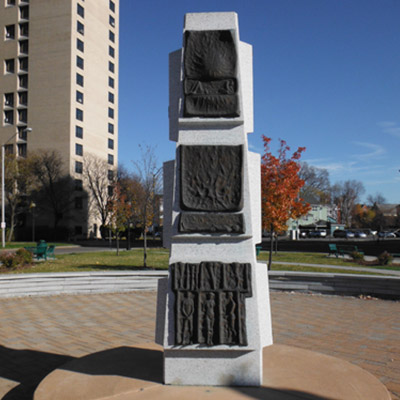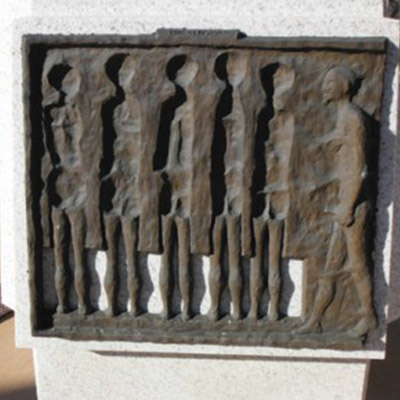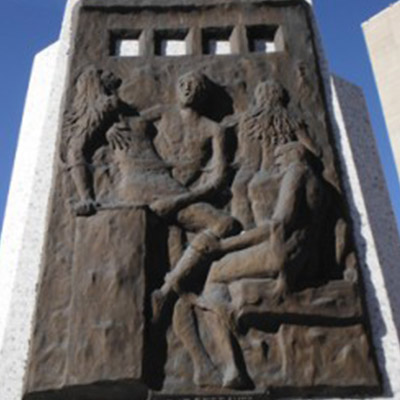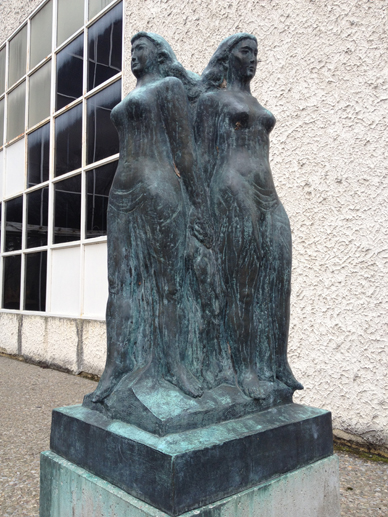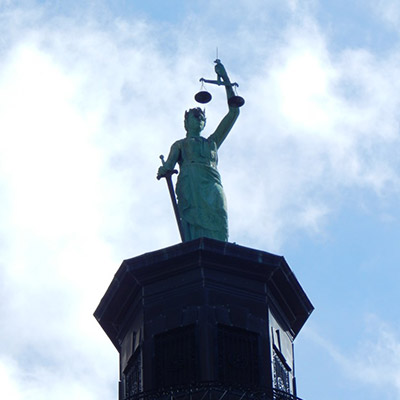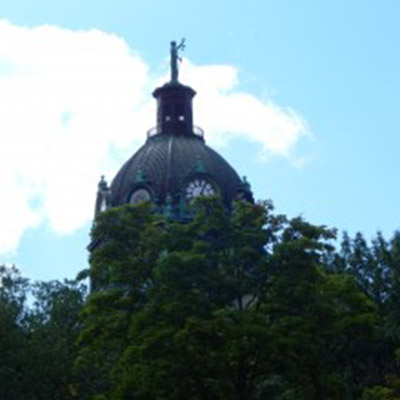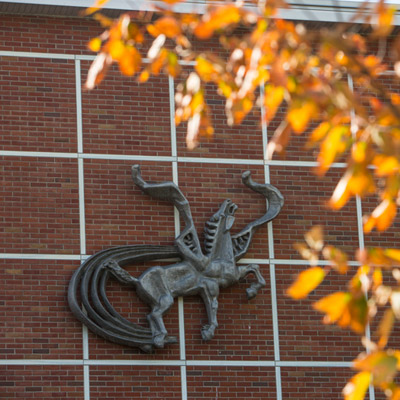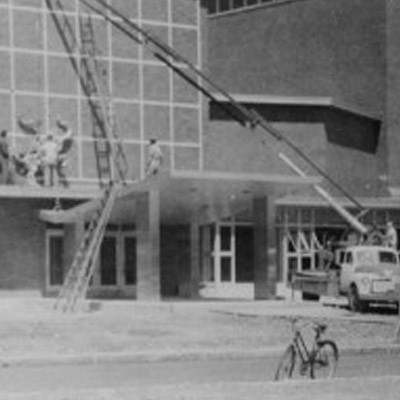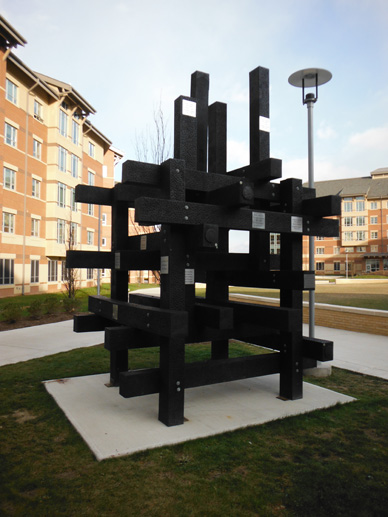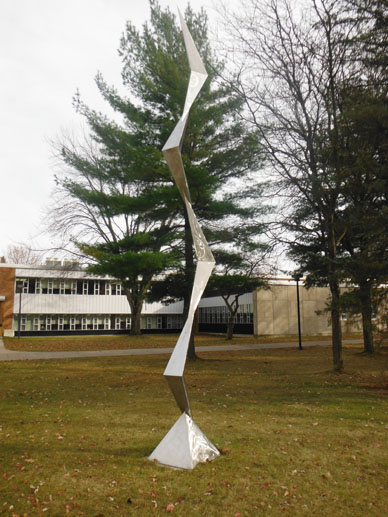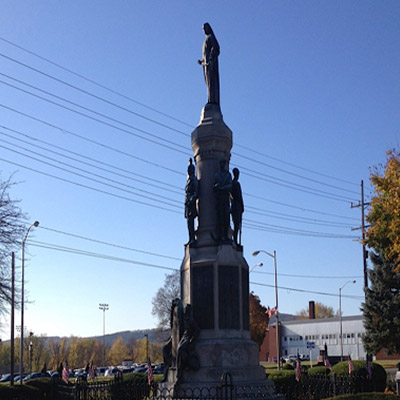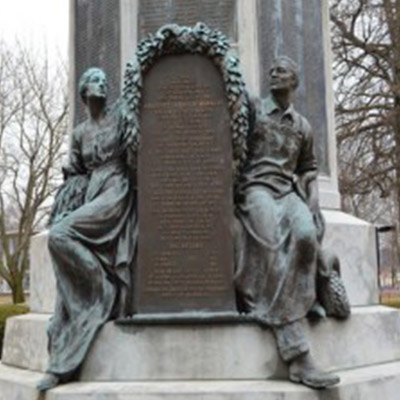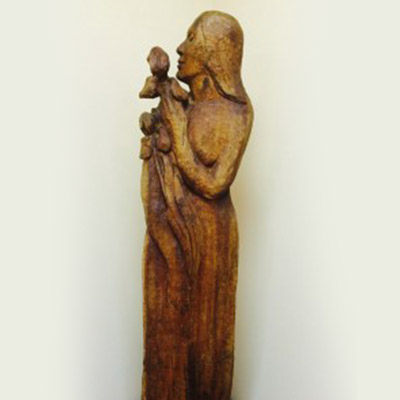Displaying art, exploring science and preserving history? You bet!
But “acting as a landlord”? You’re not going to find that phrase anywhere in the mission statement of Binghamton’s Roberson Museum and Science Center. That’s why, after lengthy discussion, the Roberson Board of Directors has put the museum’s Decker Arts & Cultural Center on the market.
At one time the Decker was a physical asset to the Roberson complex (see related story below); now, with an asking price of $475,000 (and several interested parties), it is, instead, poised to be a financial asset.
“Nothing (about the building) has current relevance to our mission,” said Roberson Executive Director Terry McDonald recently as she sat in her compact office, its large window overlooking the Decker. “The sale is part of our effort to focus on and support our mission.”
That mission calls for Roberson’s blend of art, history and science exhibitions and programs to be, first and foremost, community-relevant. Exhibits are developed, McDonald explained, by playing to Roberson’s strengths.
“We use our own resources to take something of large-scale interest and make it relevant locally,” she explained. “We’re marshalling our resources and asking ‘What can Roberson be doing best?’.”
A perfect case in point: The current “Confluence: A Tale of Two Rivers” exhibit, which combines historical, geological and ecological descriptions of Roberson’s location, at the meeting of two rivers, with items owned or housed by the museum. Strongly featured are artifacts belonging to the Broome County Historical Society and Roberson’s own art collection, which places particular emphasis on local landscapes and portraiture.
“It was all developed in-house (utilizing expertise from Binghamton University and the wider local community). I can’t emphasize enough how proud I am of that,” McDonald said.
By the time “Confluence” closes next summer, it will have been on display for more than a year and a half, certainly enough time for anyone who was interested in it to visit. So now we come to the “Catch 22” facing economy-minded museums, especially smaller facilities such as Roberson: If you leave exhibits up longer — in other words, have fewer new exhibits each year — you save on set-up costs, but is that savings counterbalanced by having fewer repeat visitors and, therefore, a reduction in admissions income?
Not necessarily, said McDonald, not if you keep creating fresh opportunities to bring people back to an exhibit. “Our new way of approaching our mission is to be creating a wide array of public programs” such as lectures, films, performances and family activity days that offer visitors new ways to look at exhibits they have already seen. A museum, she said, is “not so much a passive environment but one that allows visitors to see themselves as part of a greater whole.”
Nowhere will this approach be more evident than in “Champions,” a multi-faceted look at local sports due to open late this winter or in early spring 2010. Roberson will be working with WSKG, with local teams and with a variety of Southern Tier sports personalities to create continuous opportunities for people to visit, and revisit, the exhibit.
“A good exhibit makes people talk about themselves,” McDonald said, pointing out that, in these trying times, it’s good to bring up positive experiences.
“What I think is really swell, fun and exciting about an exhibit on local sports champions,” she said, “is that, whenever you talk about sports, it’s upbeat and exciting.”
Coming up more immediately is Roberson’s annual “Home for the Holidays” celebration, which will provide another way to bring in those repeat visitors. “When you come now, you’re going to see exhibits from the other 11 months plus the family tradition (of the holiday show),” McDonald said.
Much of the holiday focus will be on the original Roberson Mansion portion of the museum. In recent years more and more rooms of Alonzo Roberson’s home, completed in 1907, have been restored to represent their original purpose.
“Home for the Holidays” always brings out the crowds, but McDonald is pleased to point out that year-to-year attendance figures already are on the rise. Membership has remained stable, and, so far, the state of the economy has not affected the number of school groups availing themselves of the Roberson’s multi-disciplinary educational programs.
For McDonald, who began at Roberson as the education coordinator, this is particularly heartening. Again harkening back to the museum’s mission statement, she stressed Roberson’s desire to “capture the community’s cultural heritage” while remaining relevant at all times to the people of the Southern Tier.
“We are,” she pointed out proudly, “the only (local) cultural entity open five days a week, 12 months a year.”
Barb Van Atta, BAMirror editor
About the Decker Mansion
In 1993, when a grant from the Dr. G. Clifford and Florence B. Decker Foundation, enabled Roberson to purchase the former Sherwood B. Davidge mansion at 31 Front St., Binghamton, the plan was for Roberson itself to use the building for office space and an expanded exhibition area. But times have changed, belts have tightened and the museum has consolidated all of its activities at its original site across the street at 30 Front St.
The Decker Mansion, as the century-old three-story structure is commonly known, houses the offices of several non-profit organizations and can be rented for private functions, but Roberson’s only tie is as the owner of the property.
Coming up at Roberson
• “Home for the Holidays” will be open to the public Nov. 25-Jan. 3. A members’ only opening will be Nov. 24.
• Roberson’s annual fund-raising campaign began this month. Something new this year: Entrance in a raffle for an Armondo Dellasanta giclée print, a wine basket or a free Roberson membership.

